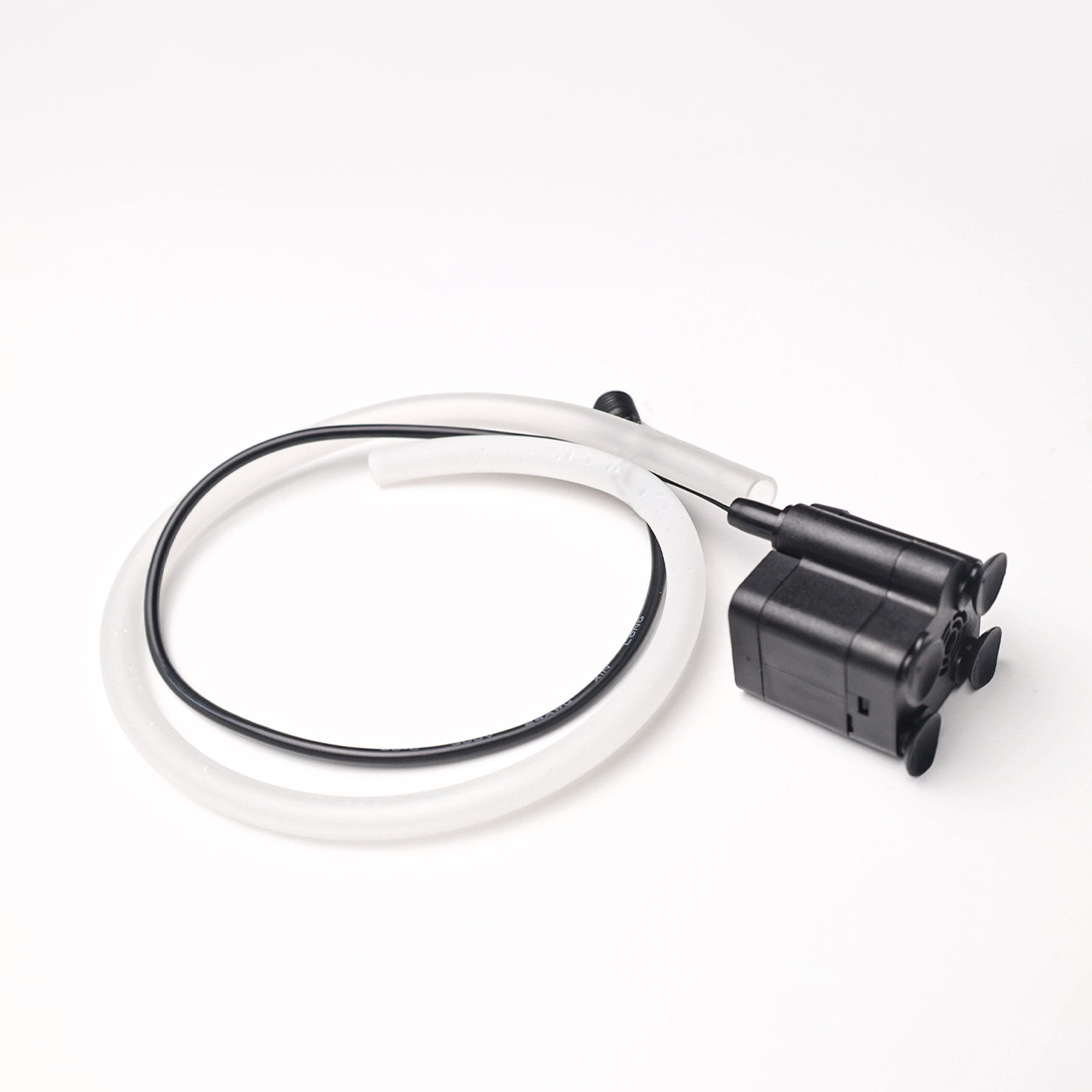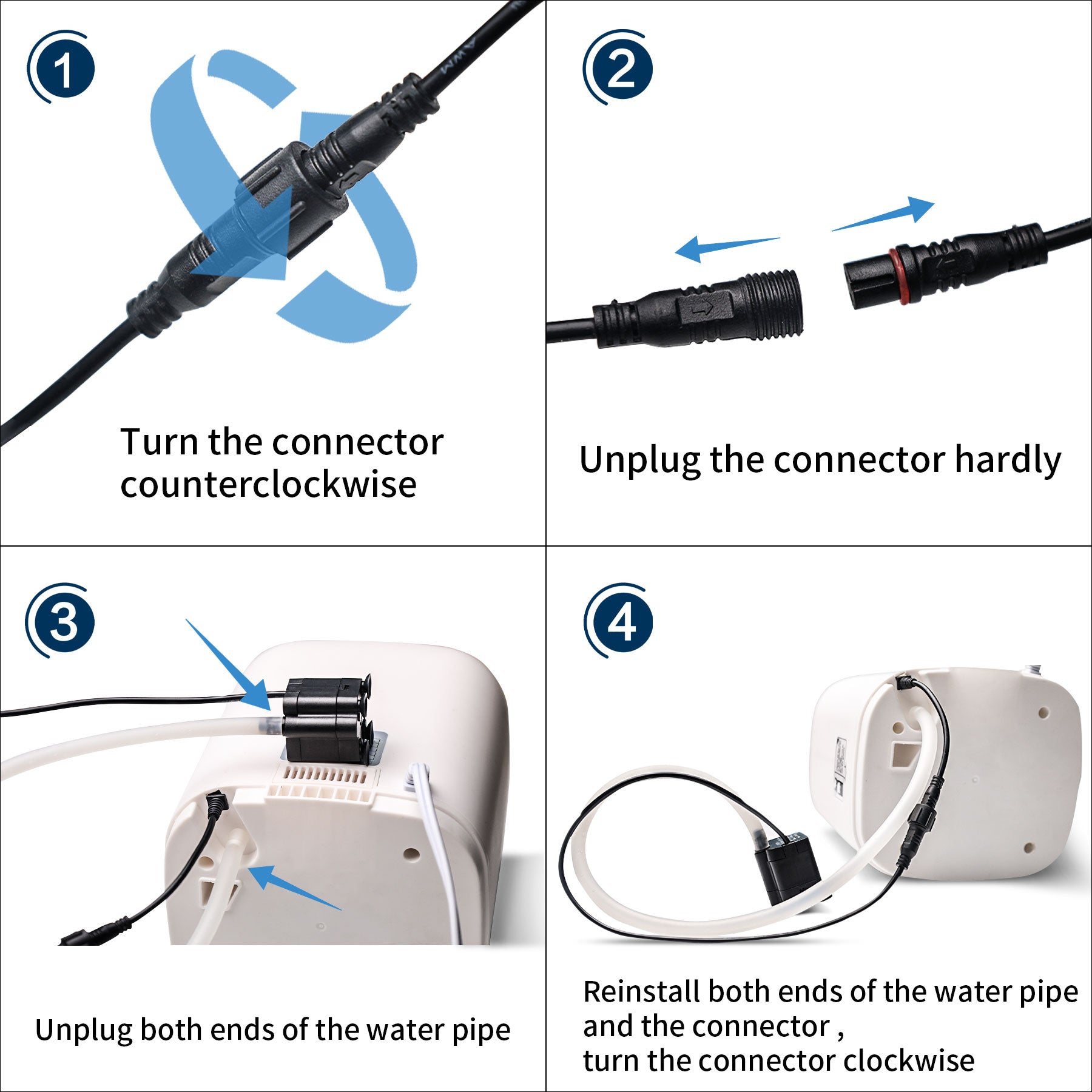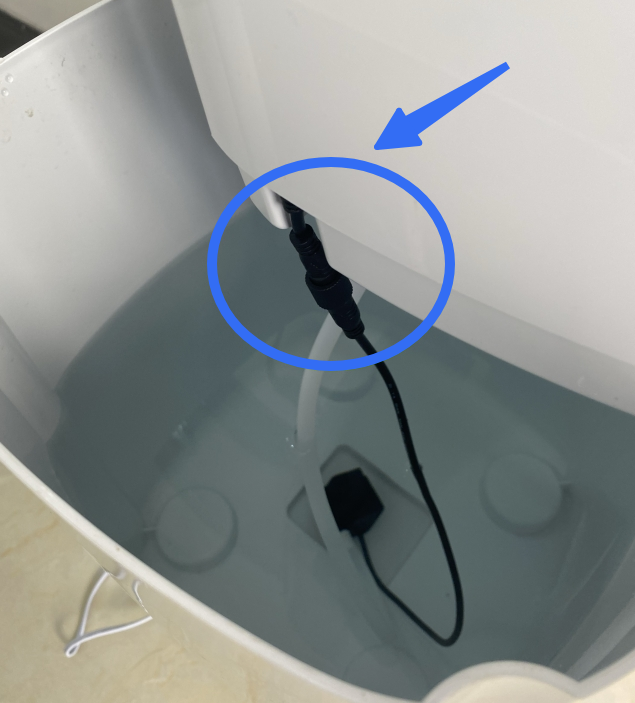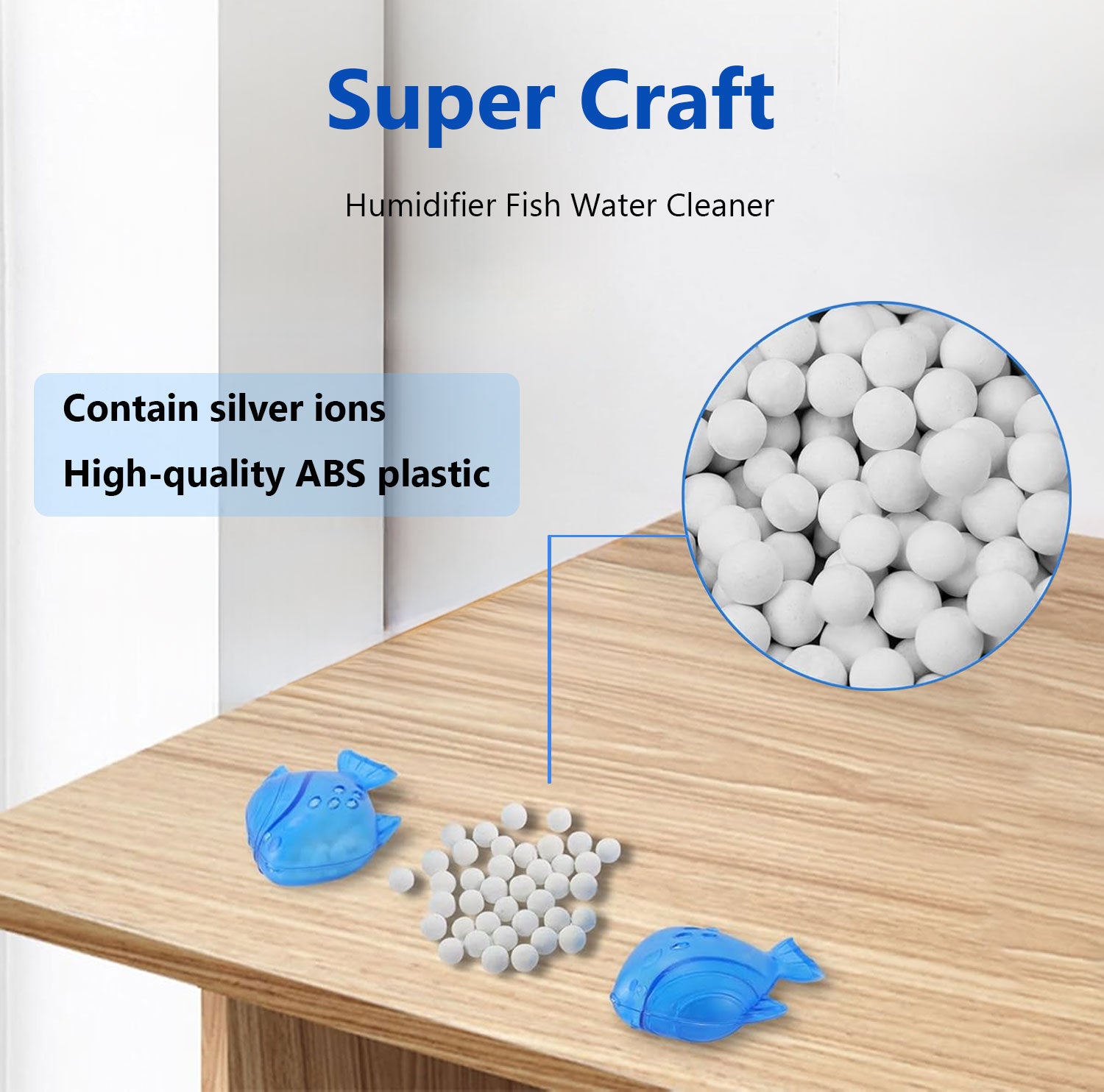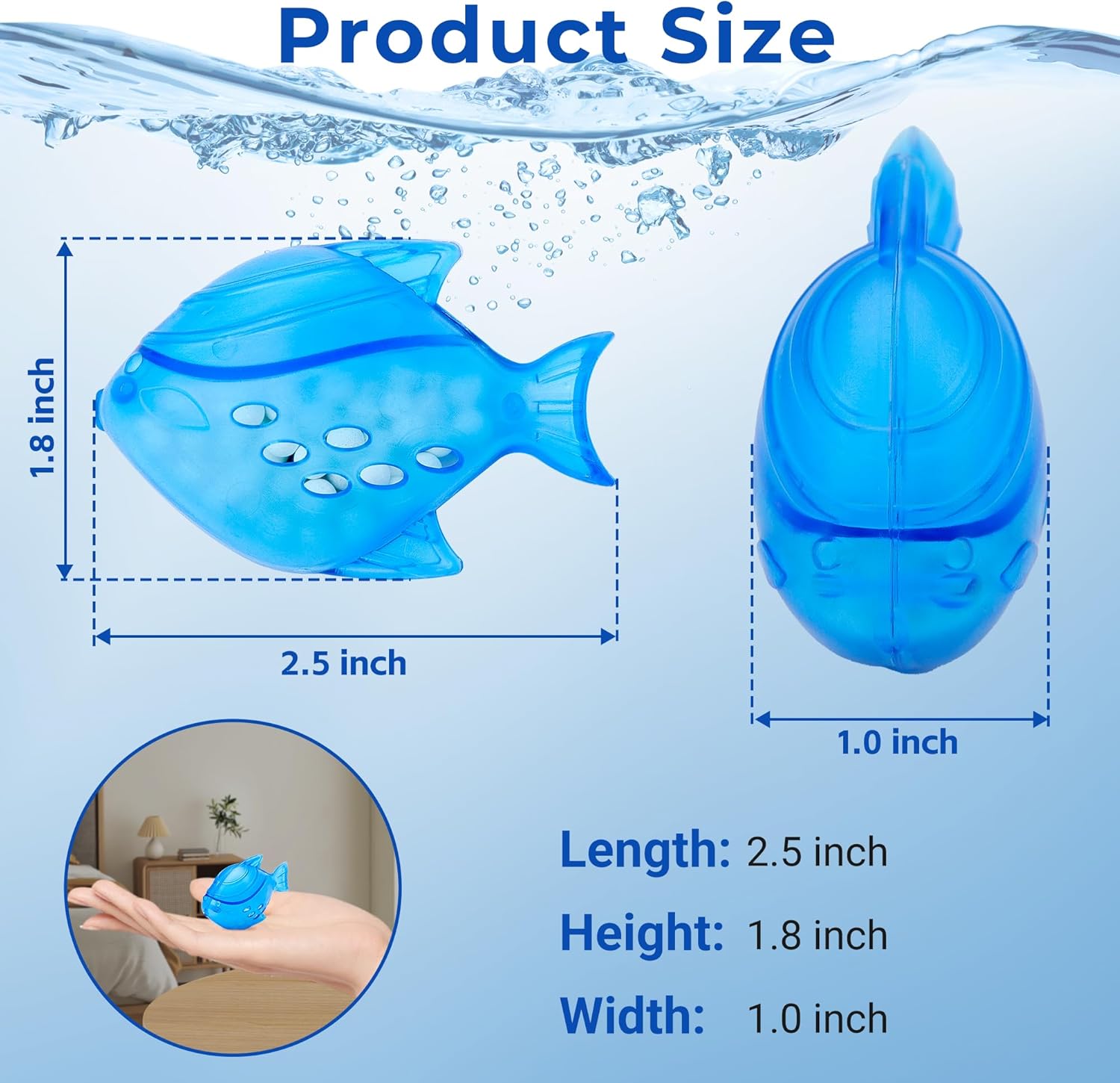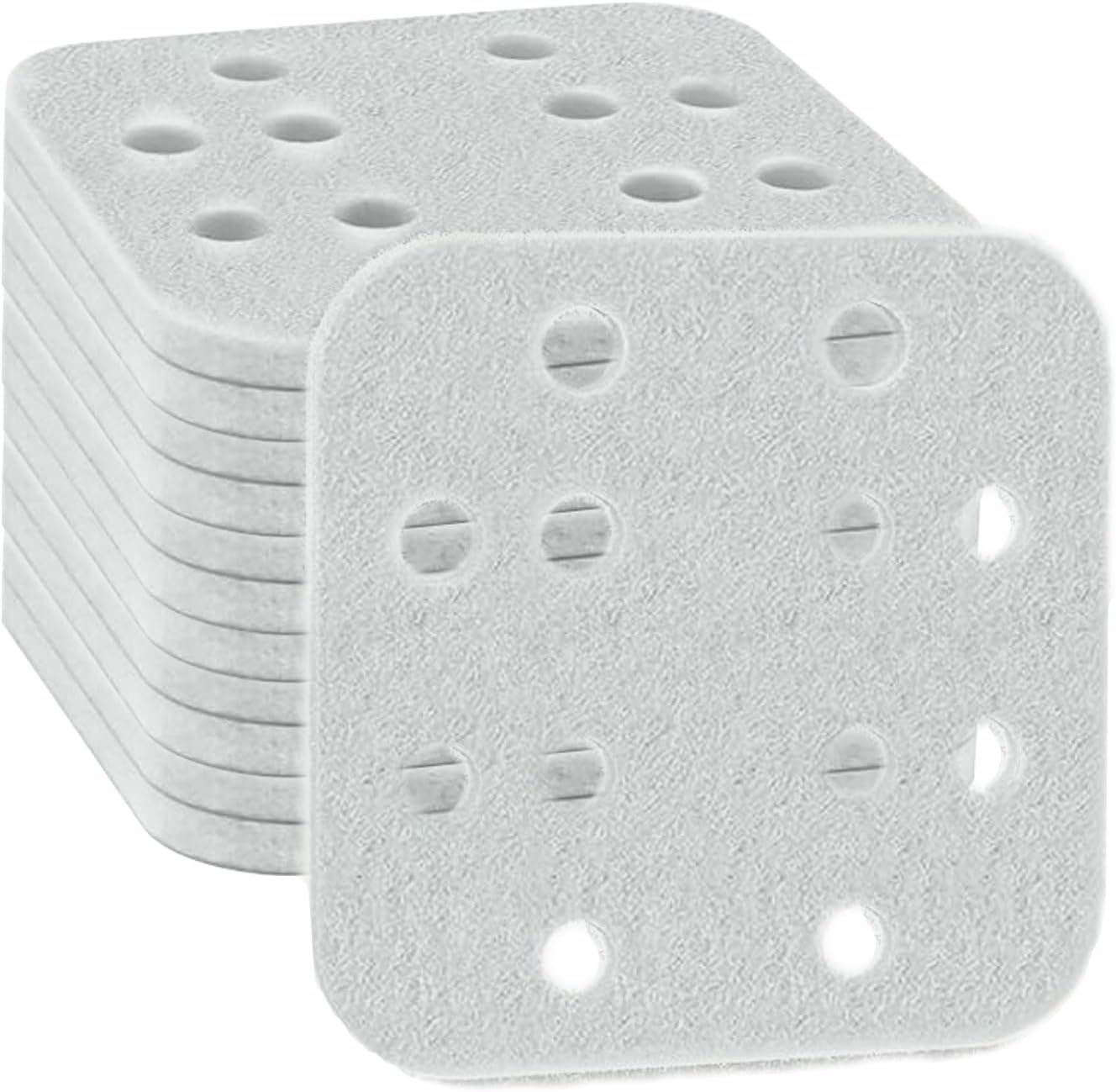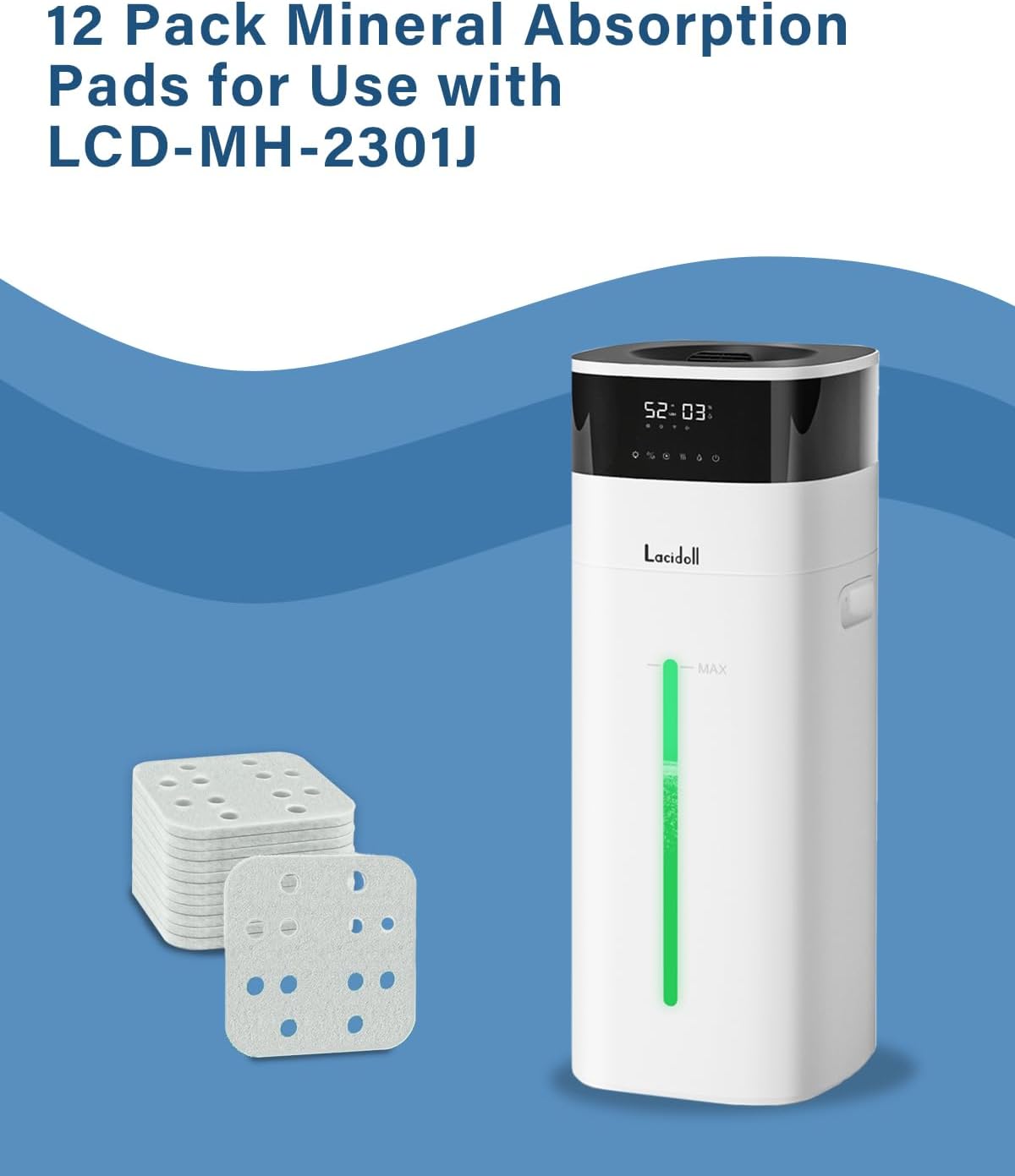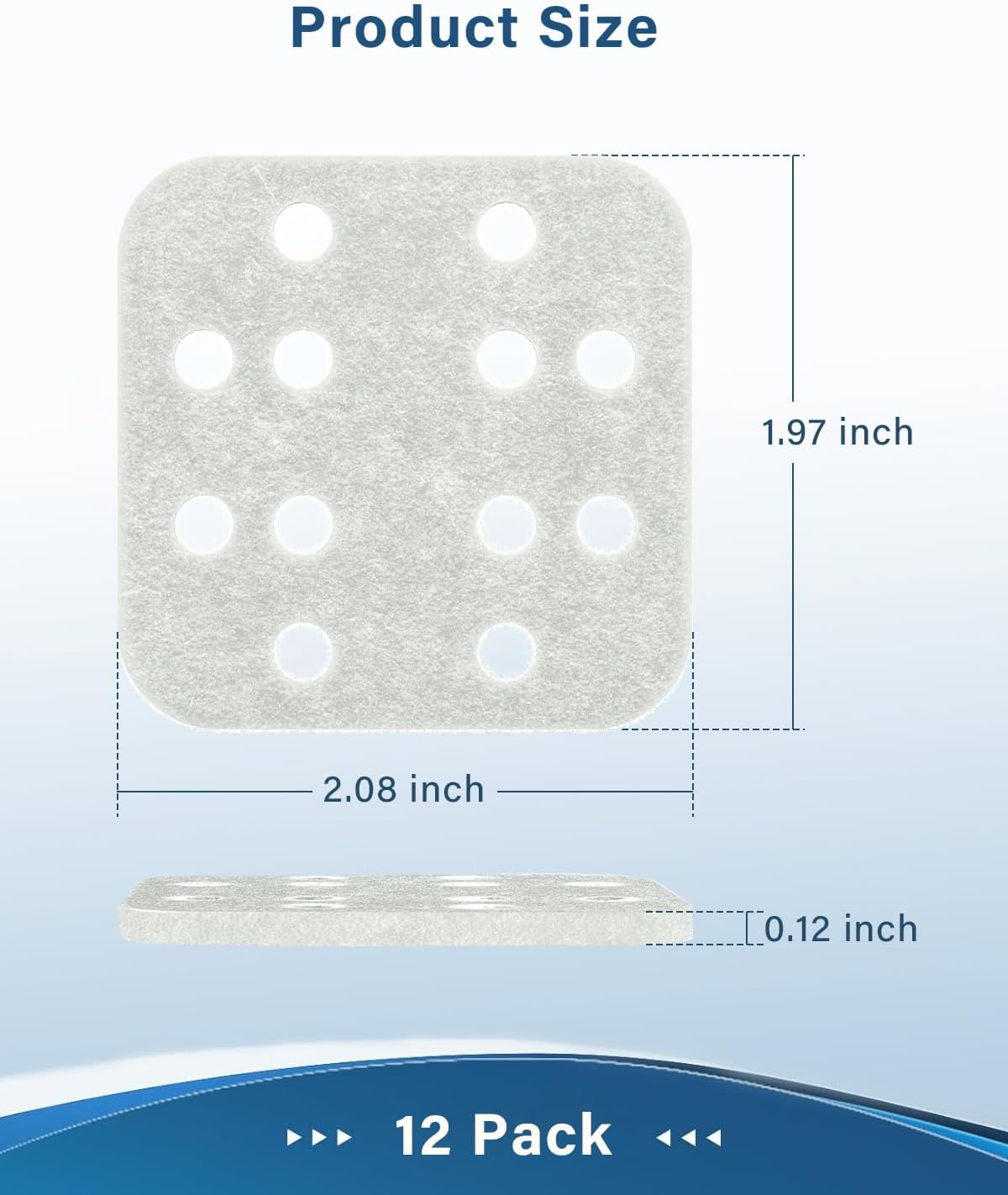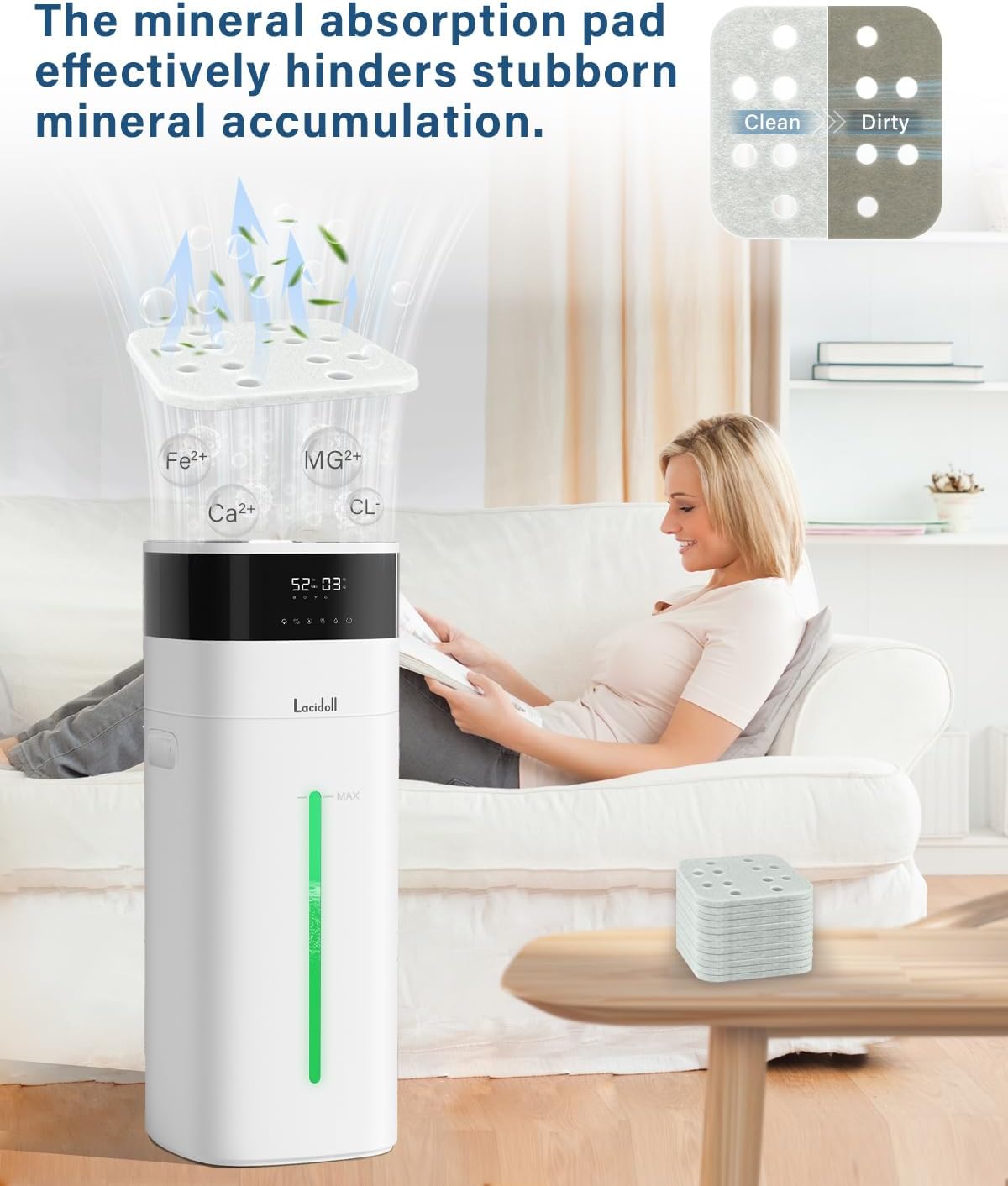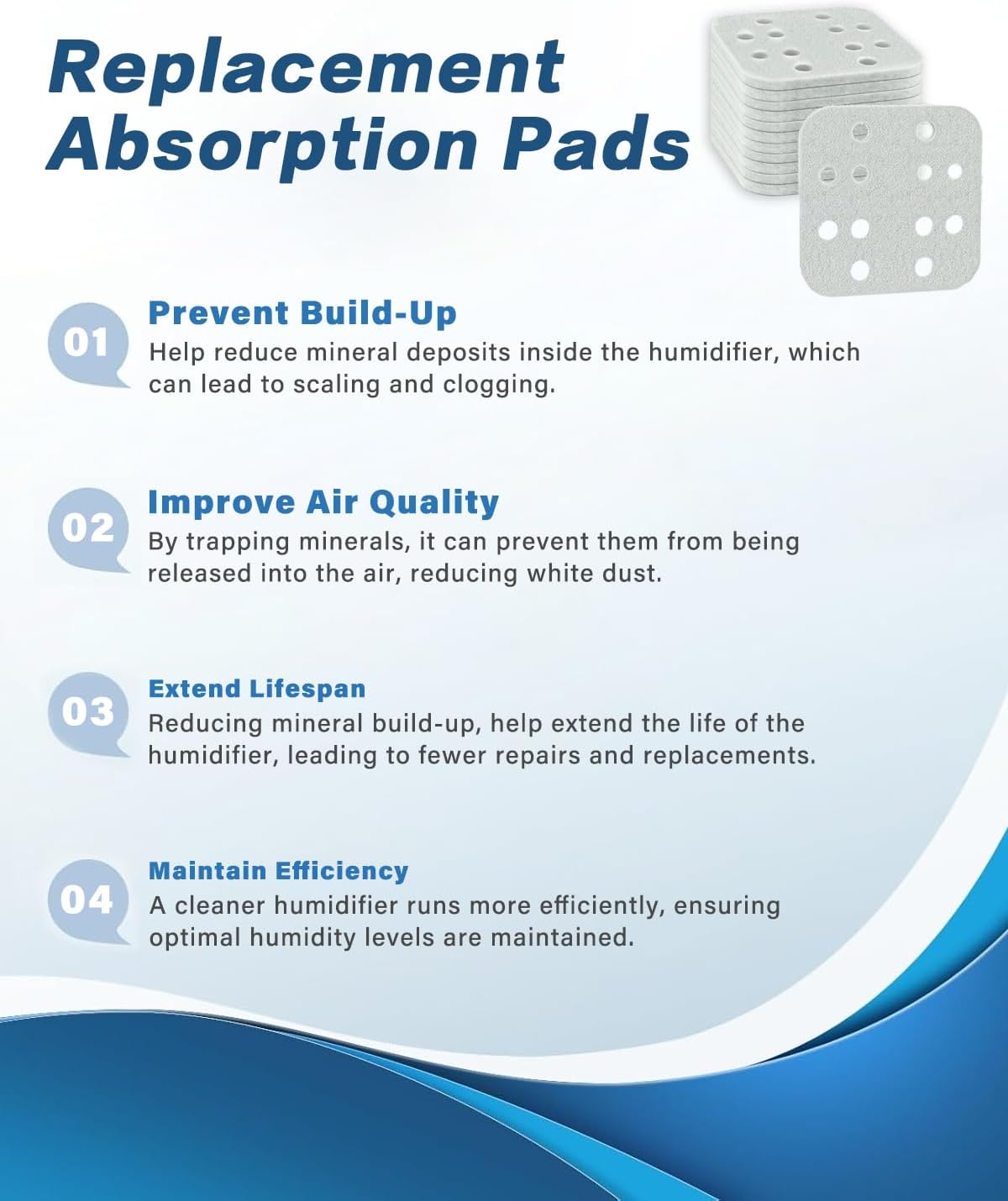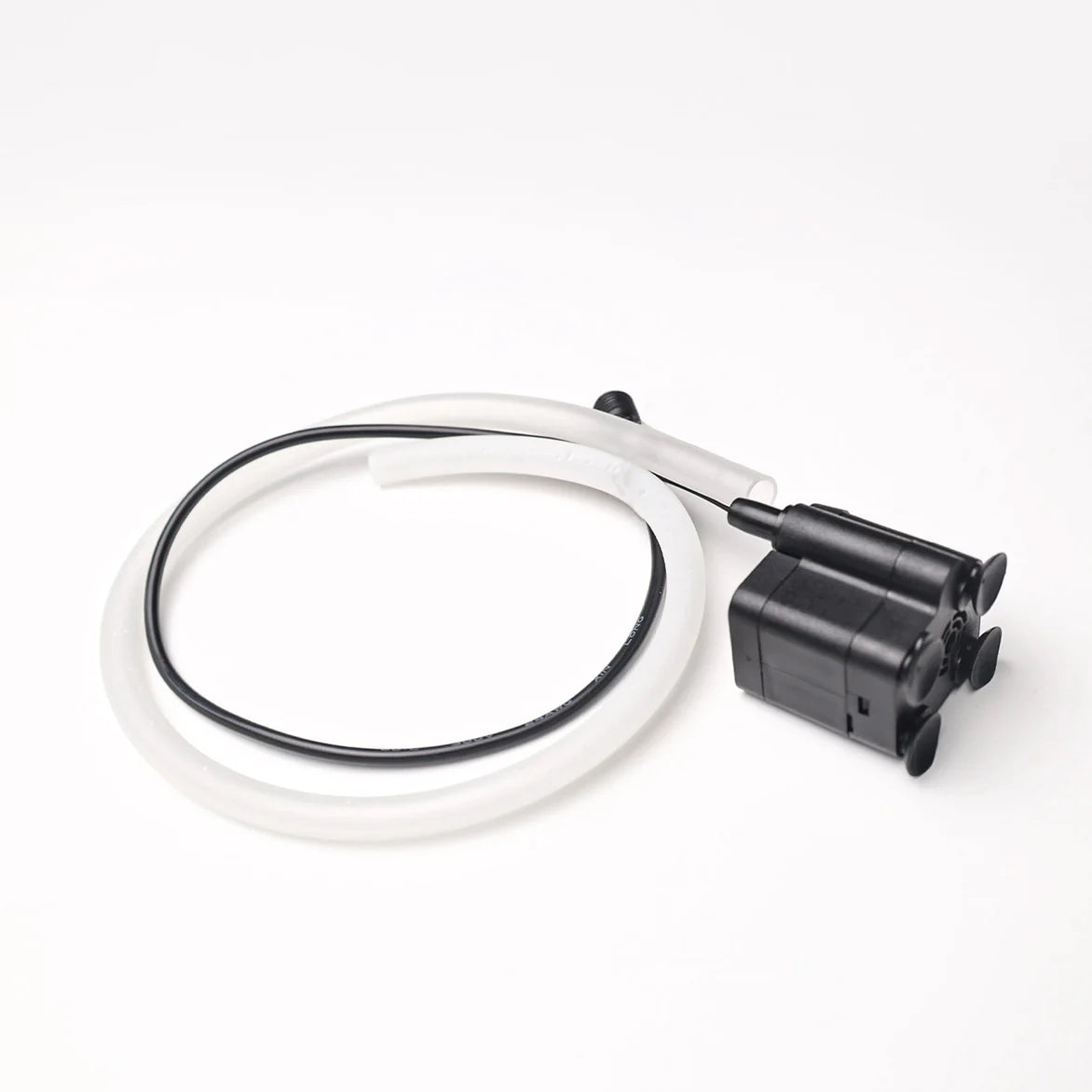During the Covid-19 epidemic, everyone has to begin their cloud work, cloud class, and even cloud party. However as everybody, especially children stay at home most of the time, to ensure comfortable indoor environment becomes much more important. A healthy and pleasant home environment can greatly improve your life quality.
So how to create a cozy indoor environment? In fact, it is essential to control reasonable environmental humidity. Is the humidity level in your room within a reasonable range? How should we monitor and adjust our indoor humidity in daily life? Actually, a useful appliance can improve the humidity level of your living environment effectively.
The appropriate humidity level for indoor environment is... ?
Humidity is the amount of water in the air. We all have the moment when we feel uncomfortable at home and want to lower or increase the humidity of the air. Generally, the acceptable humidity level is 30% to 80%, below or above which range will make us feel discomfort. Also, indoor humidity will fluctuate to a certain extent with the change of seasons and our use of refrigeration and heating equipment. After using heating equipment in autumn or winter, indoor humidity tends to be 10%-15% only. After turning on the air conditioner in summer, humidity can appear certain degree of decline.
Then what's the best humidity standard for indoors? Knowing this, you will understand how to adjust the changing humidity levels to maintain a comfortable indoor environment, which in turn will improve sleep quality and greatly reduce the risk of viral and bacterial infections.
A research by ASHRAE (American Society of Heating, Refrigeration and Air Conditioning Engineers) shows that the ideal numerical value for indoor humidity is about 40-60%. Failure to maintain proper humidity can lead to a variety of health risks.

When indoor humidity drops below 50 percent, our eyes and throat begin to feel slightly dry. Dry conditions with humidity below 40 percent will not only dry skin and hair, but also make viruses and bacteria more active and increase the likelihood of colds and other respiratory illnesses. Studies have shown that influenza virus survival rate can be as high as 70 percent in a humidity environment of about 20 percent. The effectiveness of mucosal clearance and the body's resistance function to airborne viruses, will be greatly reduced when the relative humidity is less than 40%.
The relationship between humidity and temperature
Before formally introducing tips of effectively controling room humidity, we had better understand the relationship between humidity and temperature so that we can make more correct judgments in actual humidity management operations.
There is a concept called saturated water vapor. In short, if the room temperature is high, there will be a lot of water vapor in the air, and vice versa. That is to say, in a natural state, indoor humidity tends to be high in summer and low in winter. But even in summer there is a possibility of low indoor humidity because air conditioning has the function of converting heat into moisture and expelling it. Therefore, even in an air-conditioned environment, we have to consciously control the appropriate humidity.

Humidity Control: A few tips
So how could we adjust indoor humidity specifically? A few simple small appliances can effectively help us achieve this goal.
Tip 1:Install the hygrometer
By observing the home environment, we can make a rough conclusion about the humidity in the home. For example, the accumulation of fog and condensation on windows or moisture and mold on walls and ceilings indicate too much humidity in the room, while static electricity or cracked paint and furniture indicate too little humidity.
But usually it's hard to get accurate sense of the humidity in a room by direct visual inspection or skin. A hygrometer, however, can tell you the exact number intuitively and easily.
When installing the hygrometer, remember to put it where there is no direct sunlight; ventilated places; or with direct exposure to air conditioning. The height should be near the waist or slightly below the line of sight (50 to 80 cm above the ground) when sitting. A example of vertical humidifier of LACIDOLL 022, which is 70 cm high and can monitor indoor humidity in real time through an external detector.
Tip 2: Use electrical appliances for assistance
As mentioned above, it is difficult to keep the humidity in a room in an ideal state only by relying on the temperature regulation of air conditioning. It works a bit if ventilating the room or hanging wet towels in the room, but the humidifier with its own sensor and can adjust the humidity automatically is still the most effective and direct auxiliary equipment. In order to meet the needs of different families, Keecoon provides various types of humidifiers with excellent performance for you to choose. They meet the medical level, which can help your family to adjust humidity and carry out more fully and continuously sterilizing especially when the COVID-19 prevention and control is still undergoing.
Since staying at home has become a daily routine, we might take some time to practice some of these tips. Proper and reasonable use of hygrometers and auxiliary electrical appliances can help us adjust the humidity in the room, creating a more comfortable indoor environment.




